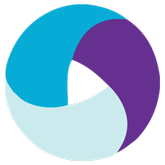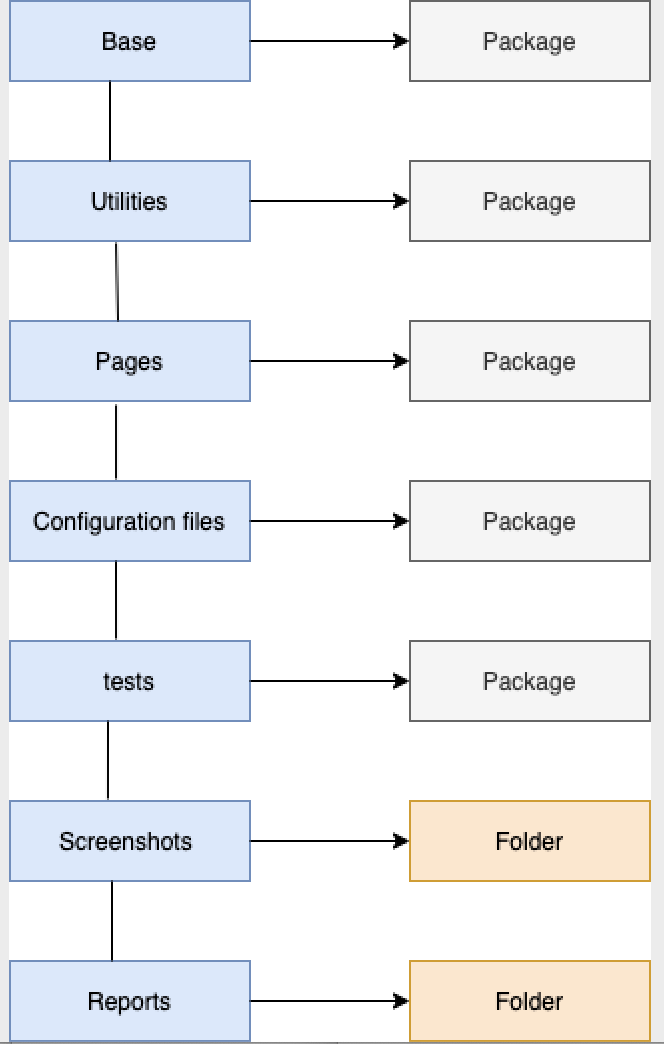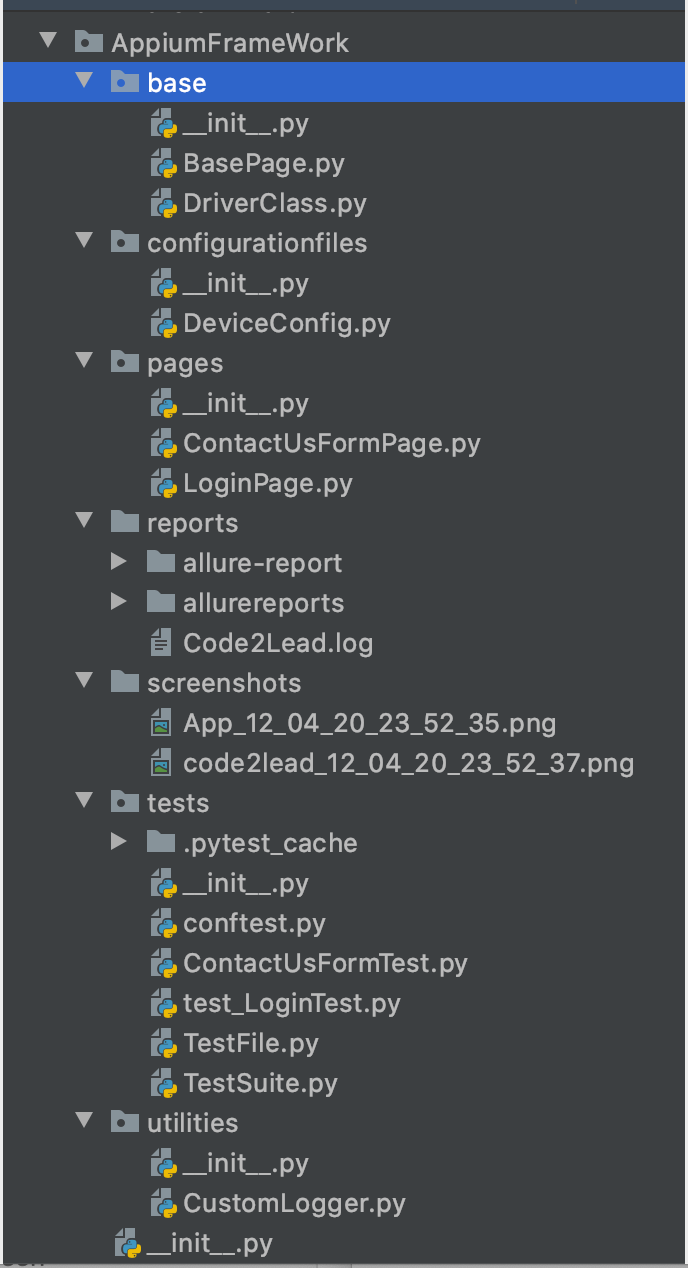

Below is the framework structure which we normally follow in the TestAutomation framework.
There are totally 5 packages and 2 folders in the framework structure of TestAutomation.Let us discuss one by one now.

In this package we need to create two classes.
Driver.py class : In this class we will create a mobile driver method.
BasePage.py class : In this class we will create all the customized methods which are required for automation like click , send_text , find_element() , find_elements() methods etc along with all the logs configuration as well.
In this package will create a class for log4j configuration and report methods etc.
In this package we will create multiple classes based on App screens. Each .py class consists of MobileElement locator values of each screen.
In this way it's very easy to modify whenever they update or change the locatore value.
In this package we will create configuration files which have values that pass in Driver.py class etc.
In this folder we will store all the report files after executing our scripts.
In this folder we will store all the screenshots for failed cases or any other screenshots which require verification.
In this package we will create all the test files according to test cases along with TestSuite.py file.
Steps to follow to build Appium FrameWork
Let us discuss one by one of all the classes in those packages.
